MOSS WOOD NEWSLETTER Late Summer NEWS ISSUE #105 march 2020
MOSS WOOD RIBBON VALE 2019 ELSA
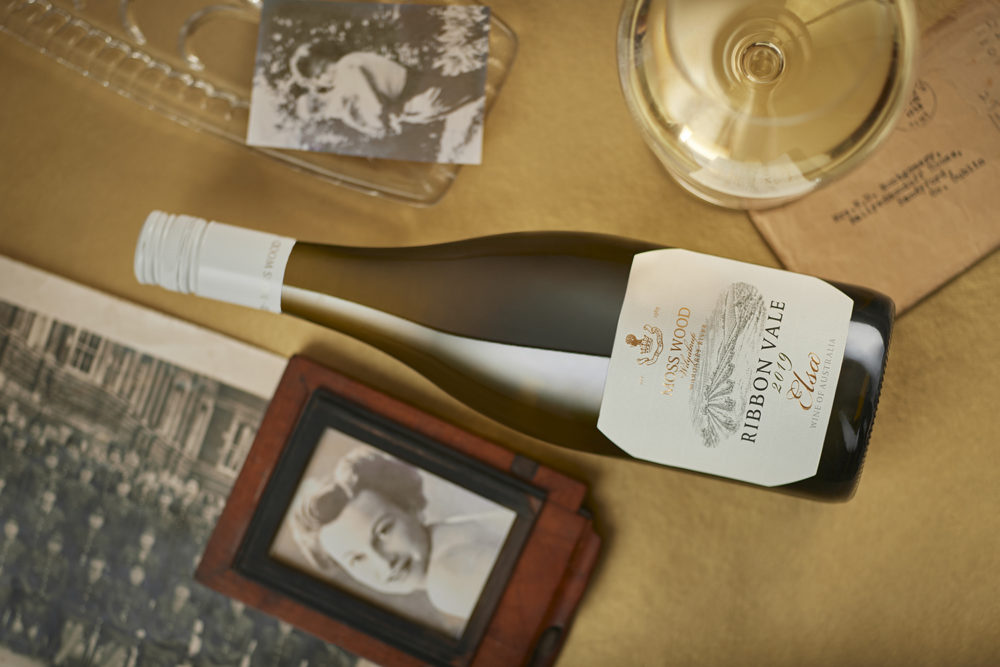
A New wine release
Long time Moss Wood followers will know this is a brand-new wine for us. It’s been a while since we introduced a new product, the last one being Botrytis Semillon from Ribbon Vale, way back in 2013. We don’t often do it because we pride ourselves on being consistent, ensuring we maintain style and quality across all our wines. The conception and then production of the “Elsa” is a story with many threads and we’re very happy to share it with you.
There are some new and interesting ideas being bandied around Moss Wood nowadays with the increased contribution of Alex Coultas and Tristan and Hugh Mugford (henceforth referred to as the 3 Musketeers). They have been out and about in the wine trade, doing tastings, meeting our customers and getting a general feel for Moss Wood and what people expect of us. We enjoy lively debate and the young players add insights we, the mature athletes, don’t always see.
One of the things that’s evolved from this was a desire to try something new and different with Sauvignon Blanc. We’ve gained a lot of experience down the years working with Semillon and Chardonnay but have never applied what we’ve learned to Sauvignon Blanc, essentially because consumer preference has been for the bright, green fruit aromas for which it is famous. In a sense this does a disservice to a variety which has as broad a range of characters as either of its siblings. A quick look at the wines of Sancerre makes this crystal clear.
With the 2019 Sauvignon Blanc we went back to the drawing board and reassessed our approach. For a clearer explanation about how our technique has evolved, please see “The Complexity Debate”.
Wine Facts
Ripening Time from Flowering to Harvest - 99 days
Median Harvest Date - 10th March, 2019
Bottled 24/01/2020
Released 10/03/2020
Yield - 11.3 t/ha
Mean Harvest Ripeness -11.7 °Be
Alcohol - 12.5%
TASTING NOTES
Colour and condition:
Light straw hue, in bright condition.
Nose:
This shows a complex aroma profile with a broad spectrum of ripe fruit notes – gooseberries, lychees, guava, passionfruit, preserved lemon, dried peach and ginger. These combine with nuances of complex technique including fennel, caramel, mushroom, biscuit, cinnamon, gingerbread and a touch of oak.
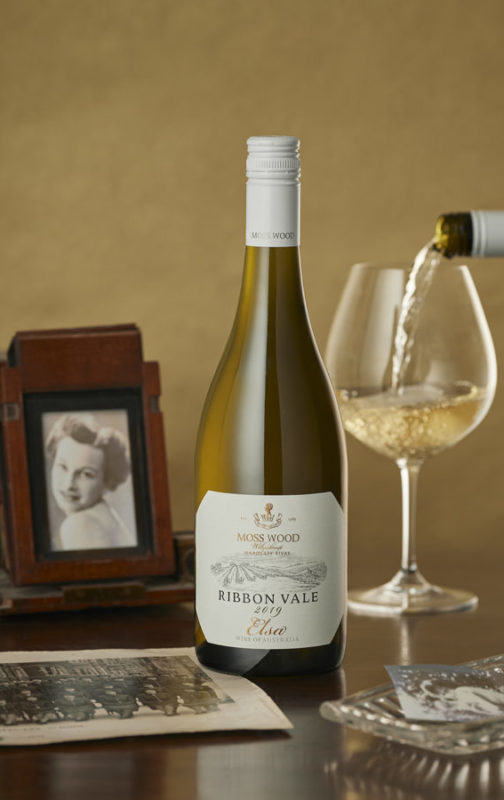
Palate:
The initial impression is tight but generous, rich in fruit weight, with salty notes making a textural contribution, rounding and balancing high acidity. The flavours of lychee, passionfruit, lemon peel, lemon sorbet, lemon meringue pie, Greek yoghurt and Star Anise are long and generous and finishing with crème brulee, Japanese mushroom and just a touch of toasty oak.
It is beautifully textured, almost creamy in the mouth, with crisp lemon zest acidity holding it all together with a long lingering, smooth melted butter finish.
Cellaring:
Given this is the first vintage of this style it might seem we don’t have a lot of history to draw on for comparative purposes. However, we have made 2 decades of Sauvignon Blanc blends from Ribbon Vale and from this we know the variety ages well. Interestingly, although we have kept all the different years in our museum cellar and monitored their progress, our customers may not have followed this as closely, given we recommended Semillon Sauvignon Blanc and Sauvignon Blanc Semillon wines for early drinking, to enjoy the zesty, green fruit notes.
For those who enjoy older wine, this is certainly one that will repay patience. Yes, it’s mouthfeel and flavour profile are certainly enjoyable now but its high acidity and good tannin structure will allow it to age well. Over the next 10 years it should be enhanced by buttery and caramel notes.
PRODUCTION NOTES
The fruit was hand-picked, sorted, destemmed, crushed, drained and pressed and juice was cold settled in stainless steel. After 24 hours the clear juice was racked to a second tank, blended with a small percentage of solids from the settling, then seeded with multiple yeast strains for primary fermentation. After 5 days, roughly halfway through fermentation, the wine was then racked to 228 litre French oak barrels, 10% of which were new. Once ferment was completed, the wine was racked and blended in stainless steel then returned to barrel for the malolactic fermentation. Once this was finished, the wine was racked, blended and adjusted for SO2 and then returned to oak.
At this point we weren’t certain how long it should stay in wood and so tasted it monthly, to monitor its progress. In January 2020, after 10 months in barrel, it was racked and blended in stainless steel and assessed for fining. We concluded none of the agents improved the wine, so it was unfined, apart from a small dose of bentonite for protein stability. It was then sterile filtered and bottled on 24th January. And so, the Elsa was born.
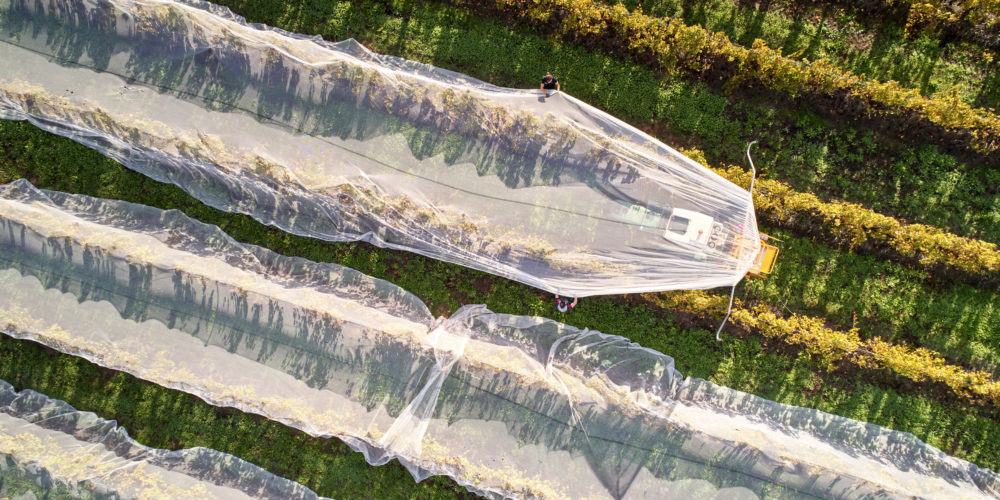
Elsa
This leads us to the choice of name. We wanted to make a statement about our technique and the style of the wine, rather than focus on the variety and given our experience with our Amy’s wine, we thought a name was more suitable. So, we turned to someone who was possibly Moss Wood’s most ardent fan, Elsa Montgomery, Clare’s Mum and in a nice touch, 2019 would have been her 100th birthday. We don’t often use family names on the wines, only having done it once before with the 1985 Keith Mugford Snr Vintage Port. It’s nice to be able to do so every now and then.
The Complexity Debate
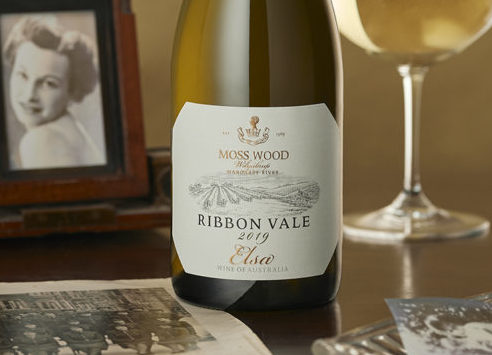
As the 3 Musketeers work in the trade, they bring back stories of trends they’re seeing. Amongst those has been the influence of the Hipster movement, or whatever we’re supposed to call it. Essentially, a number of younger consumers are interested in wines made from alternative varieties, often using minimal intervention. Whatever your view of the resulting wines, this has broadened the range of styles available and exposed customers to some unusual characters and we don’t mean winemakers but rather the wine flavours themselves.
When the word “complex” is used as a descriptor, it describes a wine displaying a wide range of aromas and flavours. Typically, most of these are attractive. We use words that capture the pleasant side of fruit, for example, honey suckle and peach in Chardonnay but to be complex, a wine should display non-fruit flavours, usually more earthy in nature.
Anyone who has tasted the various versions of natural wines may relate to this. Their production techniques maximise all sorts of odd characters and they’re not to everyone’s taste. However, when applied carefully they enhance both nose and palate.
A little bit of history might be useful here. During the 1950’s, Australia’s winemakers sought to improve production techniques to give our wines a higher base quality, with better and more consistent fruit aromas. Some very famous wine scientists like John Fornachon, Ian Hickinbotham and Bryce Rankin, not to mention the esteemed Australian Wine Research Institute, led this process. By the 1980’s, it’s fair to say Australia had become a world leader in viticulture and winemaking research and then through the 1990’s our exports boomed as the world responded to the generosity of the wines we made.
There was something of a downside because, unfairly in our view, Australian wine was criticised for being too simple, often boring and even industrial. Some criticism may have been warranted but the industry didn’t deserve it. We have high-quality producers making outstanding wines across all our regions but it suited our competitors to see us tarred with the same brush.
Through the 2000’s, perhaps as a response to this, some Australian producers turned the clock back 50 years and began making wines the opposite of industrial - wines with minimal intervention, showing all kinds of characters, both good and bad. In the decade since, it has made its way to virtually every wine region in the world.
At the same time, we have seen increasing interest from consumers in the provenance and quality of their food, with a far greater awareness of environmental issues around food production, not to mention food safety. These people want products that meet appropriate standards for both and in this realm, there is a nice overlap here for the minimalist winemakers.
Now we arrive at a dilemma. As much as making wine more “naturally” is a wonderfully romantic notion the reality is it greatly increases quality risk. Not all indigenous organisms and techniques are beneficial and they can and do produce aromas and flavours that overwhelm a wine’s unique vineyard characters. The use of science in winemaking seeks to preserves these.
This is not to say every natural wine lacks good fruit flavours because that is simply untrue. However, a significant majority of them do and the problem is the characters associated with minimalist technique taste exactly the same, whether the wine was made in Margaret River, Mendoza or the Medoc, with the further complication the various smells and flavours are at the unpleasant end of earthy and very unappealing when they dominate. If consumers with a concern for provenance are happy to tolerate these that’s fine, but isn’t for everyone.
As with all things in life, moderation is the key. There is a middle ground for producing more complex wines. We learned much about this when studying Chardonnay as it is produced in Burgundy. As odd as it may now seem, this variety only rose to prominence in Australia during the 1970’s. During that era, we applied our very “clean” techniques and discovered we couldn’t quite match the style and quality of our French counterparts. Further investigation revealed why this was - the Burgundians typically used a less interventionist approach.
Burgundian technique involved some key steps largely absent in Australia – less clarification of the juice; wild yeast ferments; fermentation and aging in small, 225 litres oak barrels; malolactic fermentation and the impact of each of these is as follows. Cloudy juice imparts the characters of the solids floating in it and at their best encourage caramel and mushroom notes. Wild yeast ferments bolster the impact of solids, plus improve texture, courtesy of higher glycerol production. Small oak barrels give improved mouthfeel when used for fermentation and generally better aging and oak character. Finally, malolactic fermentation softens the palate and provides more caramel and often bacon-like notes. The very best white Burgundies showed strong Chardonnay fruit characters, surrounded with this complex array. The primacy of the fruit notes was never lost and the wines displayed their typical vineyard characters. We first applied them at Moss Wood in 1984 and have used them ever since.
Across the many vintages since, our Chardonnays reveal the good and the bad of all this. For the first 20-odd vintages we wrestled with Burgundian technique and made reasonably good wines but some might be described as idiosyncratic, where the secondary characters went too far, overriding the fruit aromas. Where we went beyond moderation, the wine lost its Moss Wood vineyard distinctiveness. For anyone curious about which vintages display this, we recommend 1999 and 2000, both produced using wild yeast fermentations.
As an aside, this explains why we’re not “natural” winemakers, although that term is hard to define. Our interventions are kept to a minimum but we use them because we don’t enjoy wines where the fundamental fruit aromas are swamped by unusual, mostly unpleasant secondary characters.
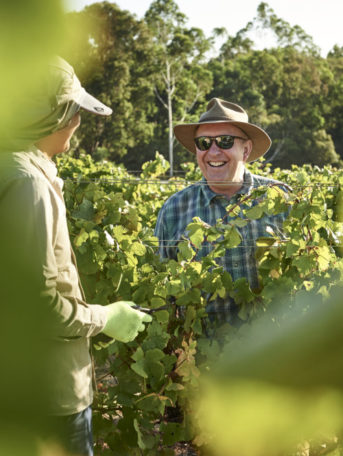
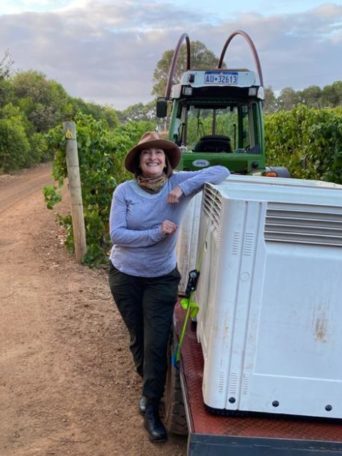
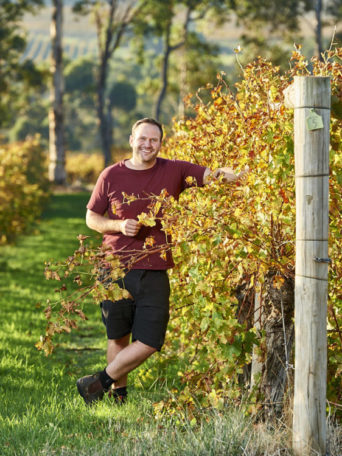
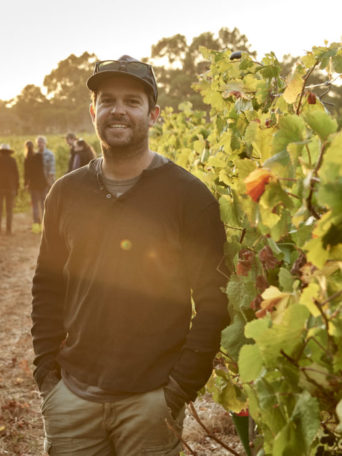
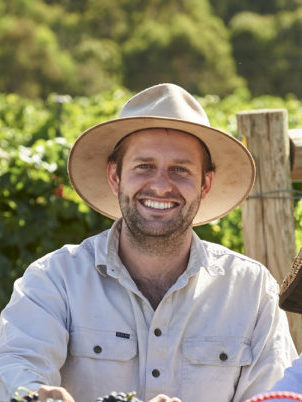
How does all this apply to the Elsa?
Sauvignon Blanc in Australia and to a lesser extent, the world, has been dominated by New Zealand for the last 20 years. Many of these wines fit the “industrial” mould but they have their place, providing consumers with consistent quality and style at very reasonable prices. When David Hohnen of Cape Mentelle fame established Cloudy Bay in the mid-1980’s, as much as he was keen for success, we suspect he wouldn’t have expected the “Sauvalanche” to become quite as big as it has. In the background the nuanced and complex wines made from this variety have, to some extent, been overlooked.
There are producers around the world who’ve been applying the “everything in moderation principle” and coming up with excellent results. In Sauvignon Blanc’s traditional homes, Bordeaux, Sancerre and Pouilly Fume, nuanced, complex white wines are being produced and which have been overlooked by all but the most serious consumers. Unfortunately, in Australia, the category has suffered because of over-exposure to the cheap and cheerful style.
At Moss Wood, combining youthful exuberance and the wisdom of years, we’ve been keen to explore the potential of Sauvignon Blanc from Ribbon Vale. We went back to the drawing board to see what we might do, with the advantage of having made a few complex Chardonnays over the years, so we had something of a head start in what techniques might work.
Our vineyard work is always focused on achieving full ripeness for all varieties, not just Sauvignon Blanc, so there was nothing to change there.
The winery was a different story and we experimented with different levels of ripeness, juice clarity, yeast type and finally malolactic fermentation. Readers will note all of these are “interventions”, in line with our view that Mother Nature can run her course but we’ll be there to help along the way.
Order
OUR WINES:
Contact
MOSS WOOD:
Location: 926 Metricup Road, Wilyabrup WA
Postal: PO Box 225, Cowaramup WA 6284
Phone: +61 8 9755 6266
Fax: +61 8 9755 6303
Follow us on
SOCIAL MEDIA:
